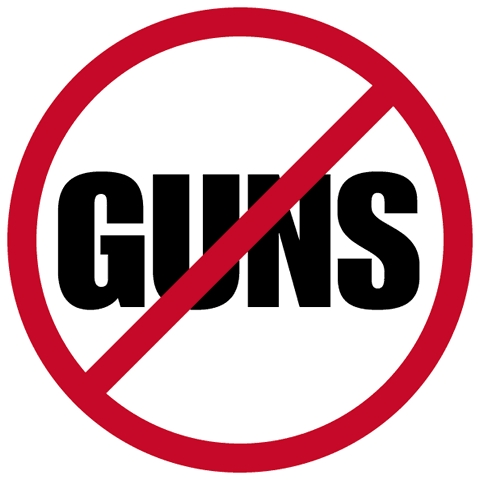| WHAT TO KNOW TODAY
NEW from THE TRACE: The other AG case that could have big repercussions for the NRA. New York’s lawsuit seeking the gun group’s dissolution has captured the lion’s share of news coverage, but a lower-profile suit from D.C. Attorney General Karl Racine also bears watching. His suit alleges that the NRA improperly siphoned millions of dollars from the affiliated NRA Foundation while the charity’s trustees were failing in their governance duties. In early 2019, after the trustees expressed concern over the flow of money from the foundation to the gun group, NRA CEO Wayne LaPierre persuaded them to back down, Racine contends. “These are very serious charges,” said one expert in nonprofit law. Will Van Sant parses the case — and the potential implications for the NRA — here.
Online threats, calls to defy gun laws escalate ahead of far-right D.C. election rally. The Washington Post takes stock of the increasingly inflammatory rhetoric coming from pro-Trump websites and messaging apps as rallygoers descend on the city’s downtown today during a formal Congressional vote to certify the election results. D.C. law bans open carrying and only allows concealed guns for people with a city license. But as one pro-Trump forum user noted ominously: “Yes, it’s illegal, but this is war and we’re clearly in a post-legal phase of our society.”
An argument for extending “electioneering” bans at the polls to include gun carrying. Writing in Slate, law professors Alan Chen and Joseph Blocher point out that voting places in every state are already heavily regulated, with prohibitions on political speech that are otherwise protected by the Constitution. But just six states (including Georgia) currently have general bans on guns at the polls. “The result is that a voter might be legally prohibited from wearing a button bearing an NRA slogan but permitted to carry an actual gun. Neither the Constitution, nor history, nor policy considerations require this paradoxical state of affairs,” the authors write.
There were 1,000 fatal police shootings in 2020. But the overall picture on officer gun violence remains murky. The toll was slightly higher than any year since The Washington Post started tracking in 2015. However, criminologist Justin Nix offered a few caveats in an insightful Twitter thread:
- Per capita fatal shootings aren’t necessarily increasing: While the absolute number was up, it’s unclear how many overall police interactions there were last year. That denominator matters — total interactions can fluctuate by several million nationally from year to year, according to Department of Justice estimates.
- We don’t have numbers on non-fatal shootings by cops: That data isn’t tracked nationally, with only a handful of states — including California, Colorado, and Texas — keeping their own public tallies. In those states, 37 to 47 percent of police shootings result in non-fatal injuries. Nix estimated that if the share nationally was 45 percent, the Post‘s database would be missing an additional ~820 non-fatal police shootings per year.
“It’s crazy to me that we don’t know how often police officers shoot people in the United States,” Nix wrote. “We should.”
Gunshot sensors add to evidence of sharp surge in shootings. Shotspotter, a gunfire detection and location system with sensors in over 100 U.S. cities, recorded 48 percent more gunfire incidents per square mile in 2020. The Midwest saw the steepest spike, with a more than 58 percent increase year over year. The company says its equipment began to record an increase in shootings in May. Gunfire remained significantly more frequent for most of the remainder of the year. Related: The numbers echo the more than 50 percent rise in homicides in more than a dozen cities last year, an alarming upswing we reported on in December. |
